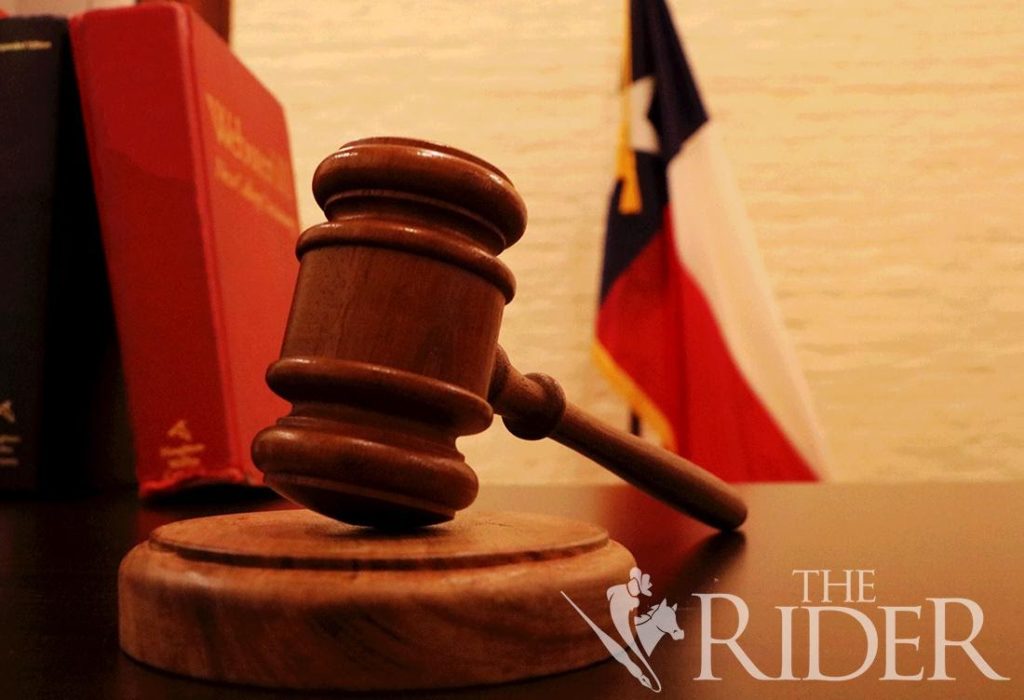How the Legislature works

Roxanna Miranda/The Rider
Jacqueline Peraza | EDITOR-IN-CHIEF
Every odd-numbered year, the Texas Legislature meets for 140 days to complete its biennial duties. This year, the 87th Texas Legislative Session began Jan. 12 and will end May 31.
During the session, the Legislature’s two branches, the House and the Senate, discuss proposed bills and resolutions, amendments to the Texas Constitution and state budget allocations.
“The house of representatives, together with the state senate, constitutes the Texas Legislature,” the Texas House of Representatives website states.
Clyde Barrow, UTRGV Political Science professor and department chair, said Texas has a biennial budget process, meaning the budget is only prepared every two years.
87th Texas Legislative Session: Third in a Series
“That will set both tax collections and state government spending for the Fiscal Year 2022-2023,” Barrow said. “That’s about a $230 billion document.”
He said state budget allocations is a duty that is up to the Legislature to decide on.
“There is a thing called the Legislative Budget Board, which includes the speaker of the house and lieutenant governor. … They insert a lot of control over that process,” Barrow said. “The vast majority of the state budget goes to comparatively few things. Certainly, a big chunk of it goes to fund the higher education system, the K-12 education system, health and human services, infrastructure … and after that, there’s not a lot left.”

WIKIMEDIA COMMONS
The House is made up of 150 members who serve two-year terms while the Senate is made up of 31 members who serve four-year terms.
“The two houses really exert similar powers,” Barrow said. “In terms of the legislative process, they can both initiate bills, they can both have to concur in passing any bill.”
Dade Phelan is serving his fourth term as Texas speaker of the house.
Rio Grande Valley’s representatives are Alex Dominguez (D-Brownsville), Eddie Lucio III (D-Brownsville), Armando Martinez (D-Weslaco), Oscar Longoria (D-Peñitas), Sergio Muñoz, Jr. (D-Mission), Terry Canales (D-Edinburg) and R.D. “Bobby” Guerra (D-McAllen).
According to the Texas House of Representatives website, members “represent a smaller number of constituents” and “are therefore able to remain more closely in tune to the needs and concerns of their constituents.”
In the Senate, Dan Patrick is serving as the Texas lieutenant governor.
“One of the unique features of Texas is that the lieutenant governor, which presides over the Senate, is elected in a statewide election rather than a district,” Barrow said. “So, he can claim to have a statewide constituency. So it makes him, in a sense, almost both a legislative and executive branch official. … The result of that is that more people agree that the lieutenant governor is actually more powerful than the [state] governor.”
Members of the Senate who represent the Valley are Juan “Chuy” Hinojosa (D-McAllen) and Eddie Lucio Jr. (D-Brownsville).
Both branches work together to approve bills. A proposed bill undergoes a four-step process before becoming law.
The four steps are the bill’s introduction, committee action, floor action in each branch and, finally, the bill’s enrollment after both branches have agreed on its passing.
“It’s a lengthy process,” Barrow said. “Ordinarily, you’ll see anywhere from [5,000] to 6,000 bills introduced every legislative session, which means that rarely do more than 4[%] or 5% of those bills ever see the light of day.”
He said bills that are not viewed as a priority and do not receive a hearing during the session is a governmental procedure referred to as “pigeonhole.” There is no limit to how many times a bill can be proposed.
However, if a proposed bill is moved to the floor, the House and Senate join to vote on its final approval or denial.
“It’s a long torturous process, especially because they only meet for 140 days every other year,” Barrow said. “That means most of the activity tends to come in a flurry in the last month of the session.”
For the 87th legislative session, Rep. Martinez has proposed HB-695, which would create a law school in the Valley, if approved by the Legislature.
As of press time, HB-695 is waiting to be passed to the House Committee.





